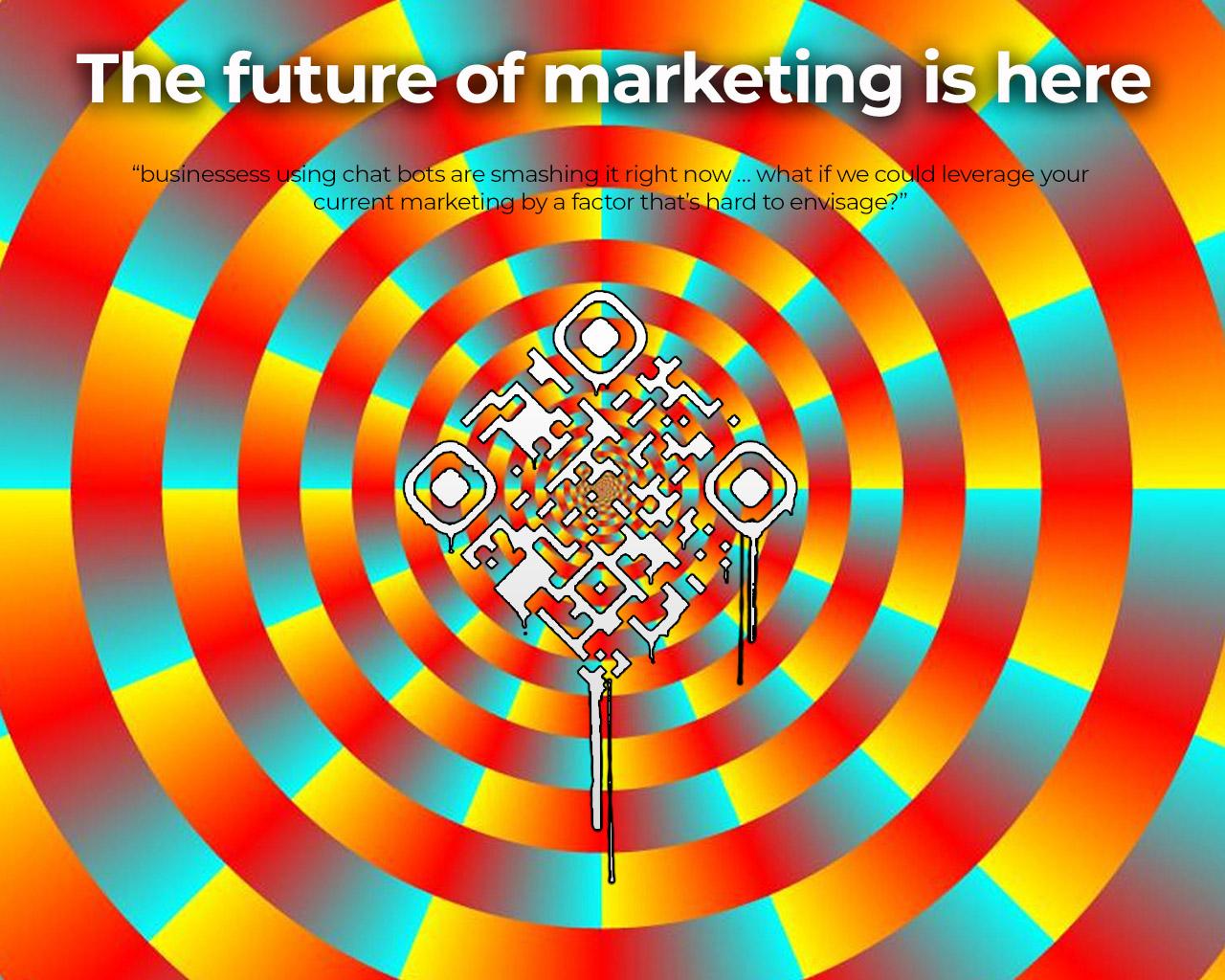
As we look towards the future of marketing and sales, one technology stands out for its versatility and potential: the QR code.
While QR codes have been around for years, recent advancements in smartphone technology and changes in consumer behavior have breathed new life into this simple yet powerful tool. Let's explore how QR codes are set to revolutionize marketing and sales strategies in the coming years.
The Renaissance of QR Codes
QR codes experienced a significant resurgence during the COVID-19 pandemic, as businesses sought contactless solutions for menus, payments, and information sharing. This renewed interest has opened up a world of possibilities for marketers and sales professionals.
Bridging the Physical and Digital Worlds
One of the most exciting aspects of QR codes is their ability to seamlessly connect physical products and spaces with digital experiences. This bridge between offline and online worlds creates numerous opportunities for engagement and data collection.
Example: Imagine a cereal box with a QR code that, when scanned, leads to a personalized nutritional guide based on the user's dietary preferences. This not only adds value for the consumer but also provides the brand with valuable data on customer habits and interests.
Dynamic Content and Real-Time Updates
Unlike traditional printed marketing materials, QR codes can lead to dynamic content that can be updated in real-time without changing the physical code.
Example: A clothing retailer could place QR codes on price tags that link to a product page. This page could be updated with current stock levels, customer reviews, or even flash sales, providing up-to-date information to in-store shoppers and potentially driving immediate purchases.
Enhanced Product Information and Storytelling
QR codes offer a way to provide extensive product information without cluttering packaging or displays.
Example: A wine bottle with a QR code could lead to a virtual tour of the vineyard, tasting notes, food pairing suggestions, and even a direct link to purchase more online. This enriches the customer experience and can significantly increase brand loyalty and repeat purchases.
Personalized Marketing at Scale
By integrating QR codes with customer data and AI, brands can offer highly personalized experiences to individual consumers.
Example: A cosmetics company could include QR codes on their products that, when scanned, provide personalized skincare routines based on the customer's previous purchases and stated skin concerns. This level of personalization can dramatically increase customer engagement and loyalty.
Streamlined Customer Feedback and Support
QR codes can simplify the process of gathering customer feedback or providing support, leading to improved products and services.
Example: A furniture company could include QR codes on assembly instructions that lead directly to video tutorials or live chat support, reducing frustration and improving the overall customer experience.
Gamification and Interactive Experiences
QR codes can be used to create engaging, interactive experiences that blend the physical and digital worlds.
Example: A cereal brand could run a promotion where QR codes inside boxes lead to an augmented reality game. This not only entertains customers but also encourages repeat purchases to collect all game elements.
Measurable Marketing Campaigns
One of the biggest advantages of QR codes in marketing is the ability to track and measure engagement in real-time.
Example: A magazine could use unique QR codes for different advertisements, allowing advertisers to track which ads are generating the most engagement and adjust their strategies accordingly.
Simplified E-commerce and Mobile Payments
QR codes are making it easier than ever for customers to make purchases directly from physical advertisements or products.
Example: A billboard advertising a new smartphone could include a QR code that, when scanned, takes the user directly to a pre-filled order page, streamlining the purchase process and capitalizing on impulse buys.
Enhancing Event Marketing
QR codes can transform event marketing by providing easy access to schedules, maps, and additional content.
Example: A music festival could use QR codes on wristbands that, when scanned, provide real-time updates on set times, allow users to create personalized schedules, and even facilitate food and merchandise purchases.
Sustainability and Reduced Print Waste
By moving more content online and accessible via QR codes, companies can reduce their reliance on printed materials, contributing to sustainability efforts.
Example: Instead of printing lengthy user manuals, a tech company could include a simple QR code that leads to a regularly updated online manual, reducing paper waste and ensuring customers always have access to the most current information.
Challenges and Considerations
While the future of QR codes in marketing and sales looks bright, there are challenges to consider:
1. Privacy concerns: As QR codes collect more data, companies must be transparent about data usage and prioritize customer privacy.
2. User experience: The content behind QR codes must be mobile-optimized and provide clear value to encourage continued use.
3. Over-saturation: As QR codes become more common, marketers must ensure their use adds genuine value rather than becoming a gimmick.
4. Security: As with any technology, there are security risks associated with QR codes that companies must address to maintain customer trust.
Conclusion
The future of QR codes in marketing and sales is full of potential. By bridging the physical and digital worlds, offering personalized experiences, and providing measurable results, QR codes are set to become an indispensable tool for marketers and sales professionals. As technology continues to evolve, we can expect to see even more innovative uses for QR codes, further blurring the lines between offline and online marketing strategies.
The key to success will be using QR codes thoughtfully and strategically, always with the goal of adding value to the customer experience. As we move forward, the brands that can effectively integrate QR codes into their overall marketing and sales strategies will be well-positioned to engage customers, drive sales, and build lasting relationships in an increasingly digital world.




